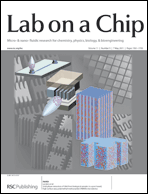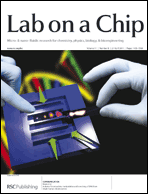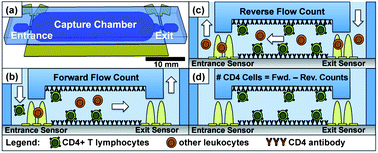In drug discovery it is important to know as early as possible whether a potential drug candidate forms toxic metabolites or not. Normally, each drug candidate must be evaluated by extensive in vitro metabolism experiments however these are generally time-consuming and expensive.
Scientists in Finland, however, have developed a microchip to mimic phase I metabolic reactions of low-molecular weight compounds. Raimo Ketola and colleagues at the University of Helsinki have designed an integrated TiO2 nanoreactor/ionisation chip with UV radiation and direct MS analysis to produce and identify photocatalysed reaction products of selected drug molecules.
This enables rapid on-line analyses which have shown remarkable consistency with metabolites obtained from other in vivo and in vitro methods. It is hoped that this technique, with its rapid prediction of phase I metabolites, will speed up the discovery of new potential drug candidates.

This HOT article is available to download, free of charge, for the next 4 weeks – careful, don’t burn your fingers!
Integrated photocatalytic micropillar nanoreactor electrospray ionization chip for mimicking phase I metabolic reactions
Teemu Nissilä, Lauri Sainiemi, Mika-Matti Karikko, Marianna Kemell, Mikko Ritala, Sami Franssila, Risto Kostiainen and Raimo A. Ketola
Lab Chip, 2011, Advance Article
DOI: 10.1039/C0LC00689K
Teemu Nissilä, Lauri Sainiemi, Mika-Matti Karikko, Marianna Kemell, Mikko Ritala, Sami Franssila, Risto Kostiainen and Raimo A. Ketola
Lab Chip, 2011,
DOI: 10.1039/C0LC00689K














 Featured on the
Featured on the  On the
On the Finally, the
Finally, the 


 As part of our
As part of our 

